
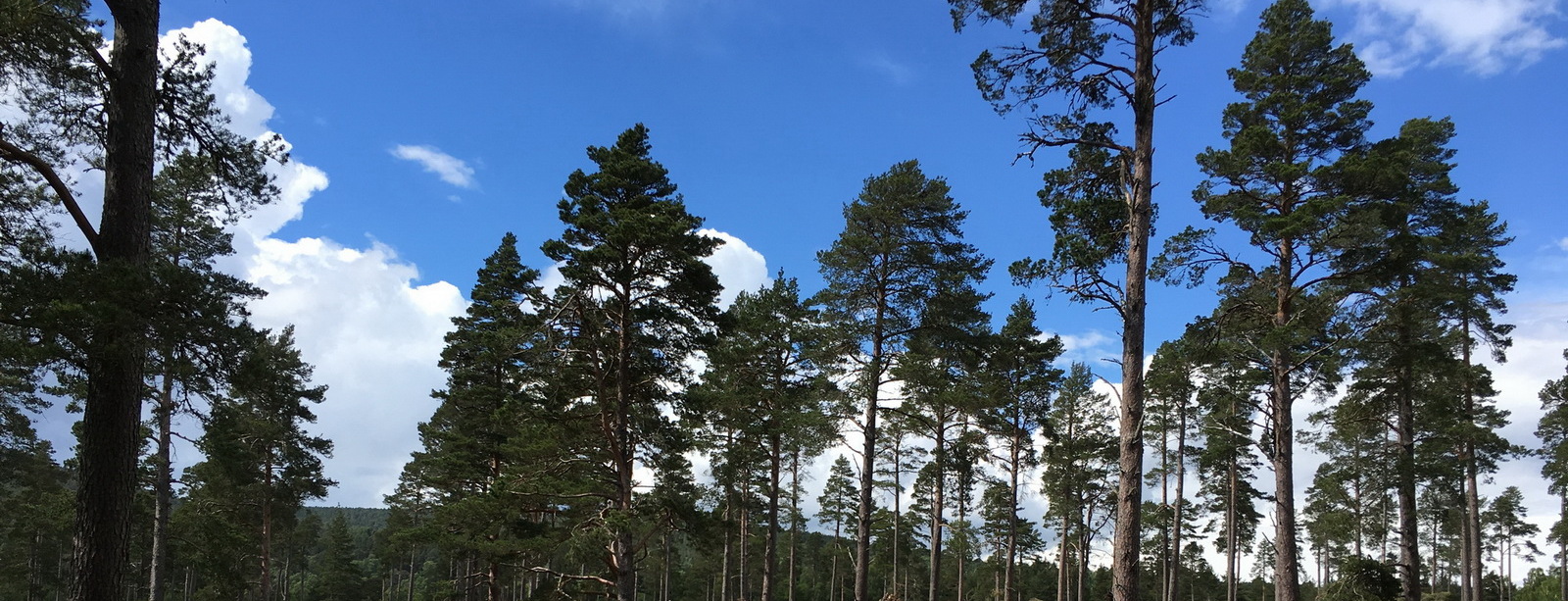


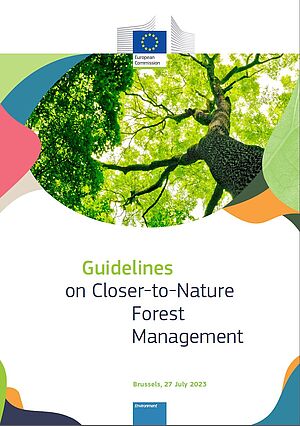
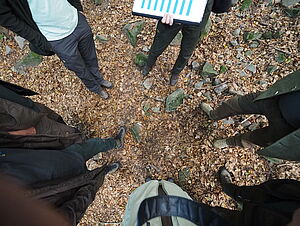
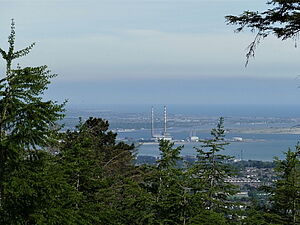
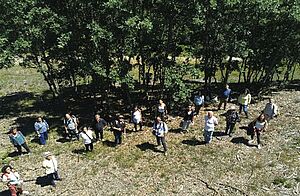
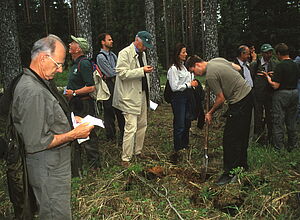

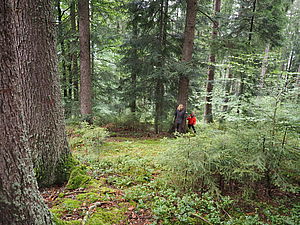
Pro Silva Europa held its annual meeting 2016 in Stirling near Edinburgh (Scotland, UK). The group of 50 participants from 17 countries of Pro Silva Organisations from all over Europe met at the University of Stirling and were hosted perfectly by Dr Bill Mason and his team.
At the beginning of the congress in the half day general meeting the most important agenda of Pro Silva Europa were discussed: Branding, logo design, development of the organisation of Pro Silva in several states, translation work of the principles and some publication, public relation work, the general meeting of 2017 and some topics of European forest politics.
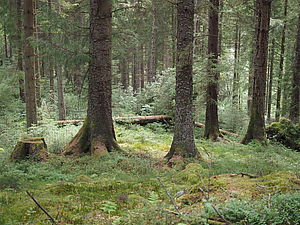
The interesting and contrasting programme lead on to three days of excursions:
As a starter we saw ‘traditional’ Scottish forestry with large clearcuts done by big machines within the Loch Lomond and Trossachs national Park near Aberfoyle north of Loch Lomond. We could see clear soil open to erosion and massive tracks of the forwarder machines in an area where conifers were being converted to native woodland. The nearby stands of Sitka spruce had been totally untreated since their planting. No thinning had been done and the very high density stands were beginning to break up due to windthrow. From a central European viewpoint we did not understand why no thinning had been done to harvest timber before the end of the rotation and especially to stabilize the trees with a better height/diameter relation. Timber quality did not seem to play any role in the decision process, since most of the timber would be destined for industrial roundwood. In central Europe this silvicultural regime would incur an enormous risk of bark beetle attack and would not be tolerated by the forest authorities.
Afterwards we could see a considerable contrast in the uneven-aged forests close to Aberfoyle: the vital natural regeneration of spruce and hemlock show the chances of an nature orientated approach. Of course the limiting factors to this system will be the browsing of deer and the risk of windthrow depending on the topography and exposure of the stands. The potential natural regeneration one can see on the stumps of the windthrown trees.
On the second day a long trip into the Highlands offered fantastic views and landscape impressions on the way to the Glenmore Forest in Cairngorms national park, near Aviemore and Coylumbridge, 2/3 rds of the way to Inverness. The natural forests of Scots pine on the banks of the Loch Morlich showed a reference to the natural forest vegetation types and the old ’grannie pines’ provided a basis for restoration and regeneration of the pinewoods.

In the nearby Loch Vaa Forest of the private Seafield Estate we had a fruitful discussion with an interested forest manager about the silvicultural approach that was chosen. In a kind of shelterwood system these Scots pine forests had rich and uneven natural regeneration while the high stem quality proved the way to have good income with relatively minimal costs in a multifunctional forestry system. The pride in presenting “Scots Pine” was justified.
The third day lead us to the famous Hermitage in the Craigvinean Forest in Tay Valley: the impressing Douglas firs with heights over 50 Meters (up to 64m) show the enormous growth potential in the windsheltered valleys (FOTO 5). Douglas fir forests mixed with low vital sitka spruce nearby show different stages of converting even aged plantations to structured CCF.
In the afternoon at Faskally Forest we saw one of the oldest trials of transformation to CCF in Britain which has been underway since the 1950’s. It was also surprising to find larch growing very well in half shade conditions within uneven aged structured stands.
Structured conversion stands are rare in Scotland – as far as we could judge - , we find them mostly in nature parks or national parks or in situations with mainly recreational function. The interest of our Scottish colleagues in CCF Concepts was still at an early stage, private foresters seemed more open to discussion than those of the Forestry Commission Scotland. Even cost efficient selective thinnings are ignored and the young stands with frequent single or successive windthrows can survive only because there is no danger from bark beetle. There should be more positive discussion and impulses to open foresters’ eyes to the opportunities of developing more mixed and diverse forests. The fertile soils and climate offer the chance to establish more structured forests at least in the locations with lower windrisk.
report by Eckart Senitza (2016)